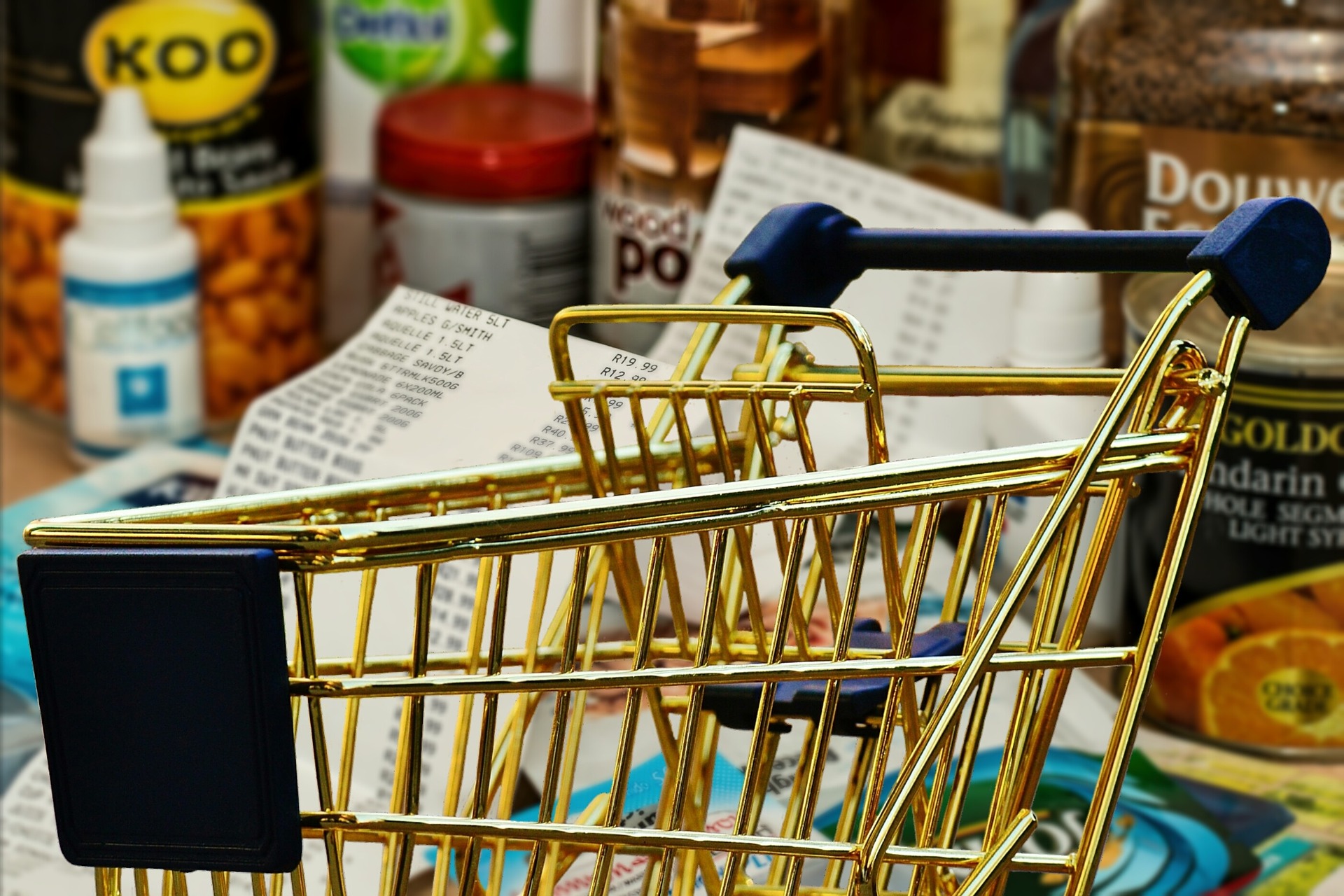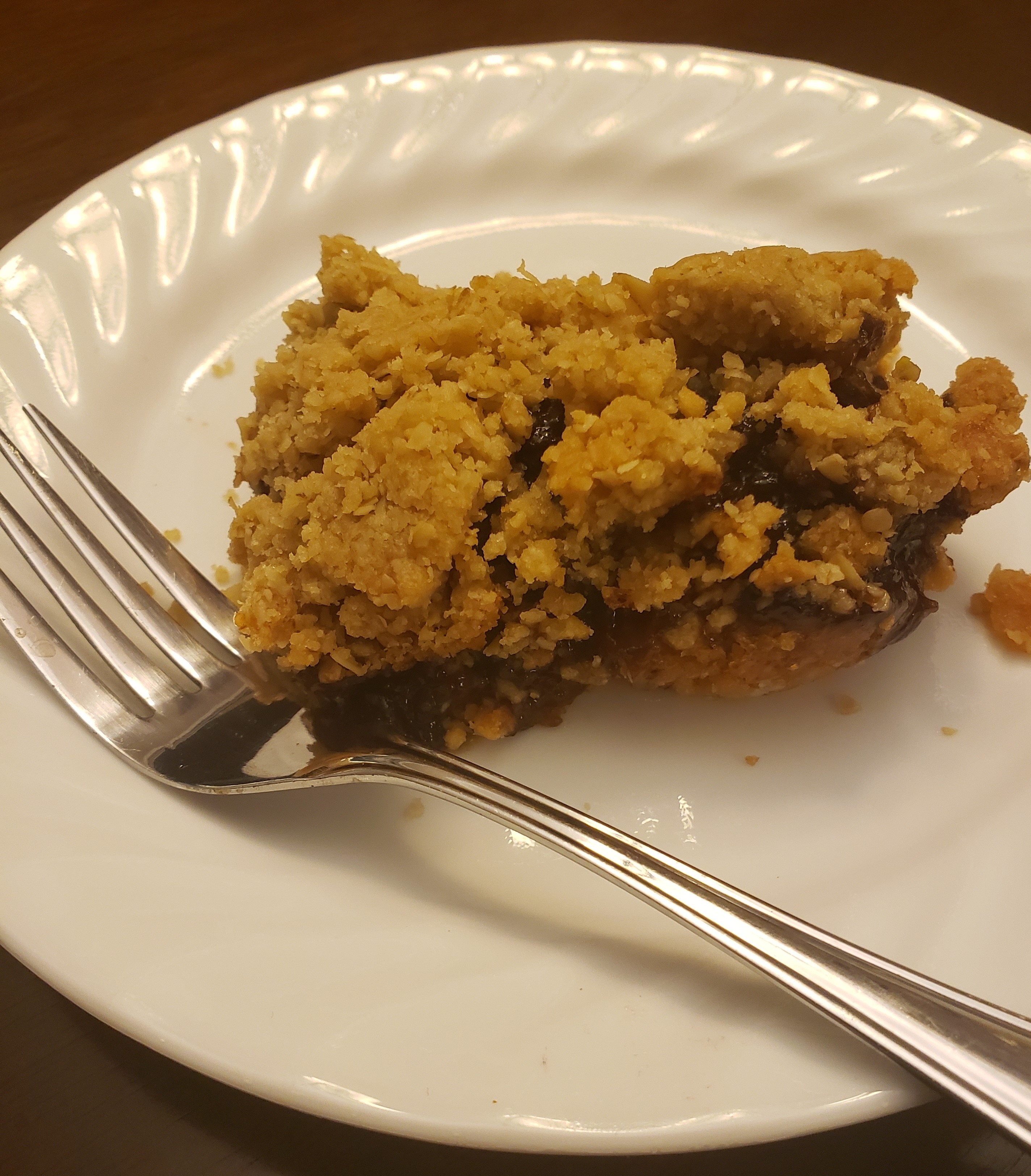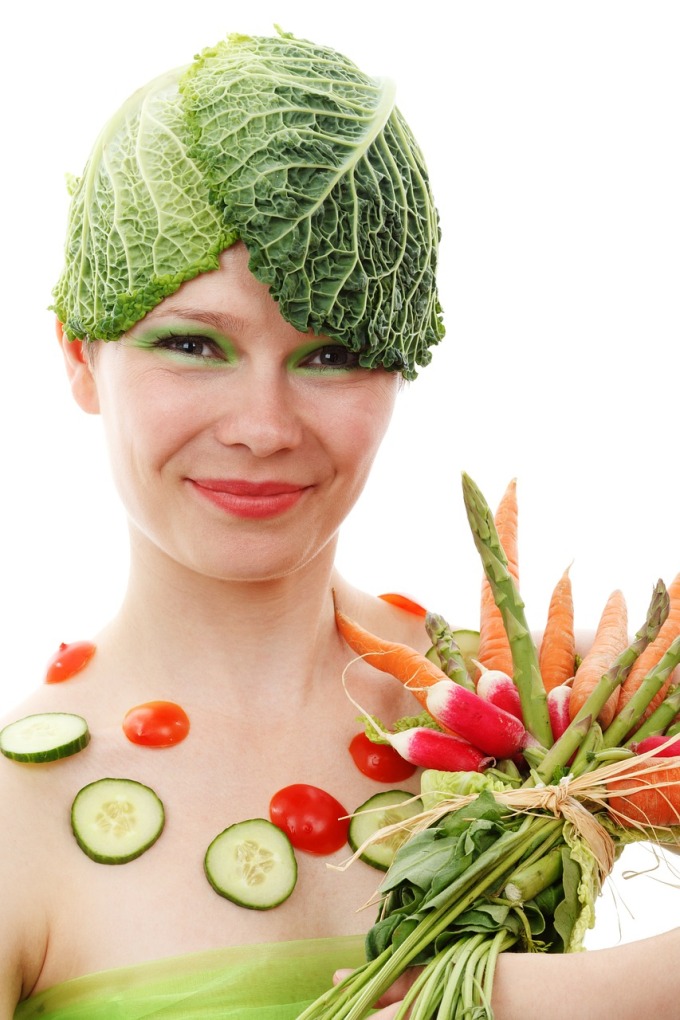

Thank goodness 2020 is almost over. I think most people are thinking that. We’re all ready for a new start, and hope for good things and positivity for the year to come. For some, this is also the time they make New Year’s resolutions.
Resolution. In the dictionary you will find definitions like “a formal expression of opinion, will, or intent” or “a stubborn persistence and unwillingness to admit defeat”.
I don’t particularly like the word or the process of New Year resolutions to be honest.
First, it focusses on change starting a specific point…1 January. Second, resolutions may only consider an end result and not a plan or process or giving up something rather than something positive. Third, a resolution often suggests that success comes down to will power and should your will and persistent falter, then you are have been defeated. You are left with the feeling of “better luck next year”.
Change can happen at any time. The most important time is when you are ready. But if you are focusing only on the result, you may be tempted to take measures that aren’t healthy to achieve that end.
So what is another option?
Setting mini goals that can change with you and are part of an overall plan.
SMART goals are a way of creating direction and plan for change.
Each letter of SMART acronym represents criteria of a goal that makes it more concrete and actionable. Instead of have a goal of “I’m going to eat healthier” which is very vague you create a goal that describes exactly what your plan is for change.
Where do I begin?
To begin, think about the behavior changes you would like to make instead of a thought or feeling. Focusing on a behavior makes your goal action-oriented. You may have several things nutrition-wise you would like to work on. But don’t try and do everything at once. Create one goal and then later, when you’re comfortable, try adding another goal. There’s no specific timeline to add goals…it’s all individual.
So say you want to “eat healthier”. Remember, there are numerous ways to “eat more healthy”, but to translate it into action or a new habit, you probably need to be more specific. Next, you will go through each of the letter/criteria so in the end you have a have a very detailed action-oriented goal.
- S-specific: You want to be very specific on the change you want to make. Instead of “I’m going to eat more healthy”, perhaps you might choose “I’m going to eat more vegetables.
- M-measurable: You want to be able to tell if you are achieving a goal. To do this the goal needs to be able to be measured or observed. For example,” I‘m going to eat more vegetables” isn’t something that can be concretely measured or observed, whereas “I’m going to eat vegetables 5 times” can.
- A-action oriented: You want your goal to include details on how it will be achieved. This is part of planning for success; you know exactly what you want to do to achieve this goal. For example, “eating vegetables” doesn’t explain how you will do this. However, if your plan is to “eat more vegetables by including a salad at lunch 5 times”, this would be a more detailed plan.
- R-realistic. To encourage lasting change, you need to ensure your goals are realistic. Start with small changes and then build on these. So in the above example, do you enjoy salads or have recipes for salads? No? Well maybe start with cut vegetables, or by adding vegetables to a sandwich instead. Are you going to be able to do this 5 times? Not sure? Then maybe aim for 3 times to start.
- T-time frame. You may wonder why anyone would set a goal to eat vegetables 3 times. They wouldn’t; they would include a time frame. So if you weren’t a big vegetable eater before, in this example you may want to try a time frame of a week. This not only gives a detailed framework for your goal, but also might help you decide if when you need to change the plan on how you will achieve it. Was 3 days a week easy to achieve? Then maybe up it to 4. Are you ready to try salads now? Then try substituting a salad to one of those days.
The result.
So now instead of having a goal of “I’m going to eat more healthy”, you now have a goal of :
“I’m going to include salads in my lunch 3 days a week”….which is in turn is a way that helps you to eat more healthy.
Is that goal now easy to achieve on a regular basis? Then maybe you can handle adding another SMART goal.
What about “I’m going to lose X pounds in 6 months by doing Y”? Wouldn’t that be a SMART goal?

The short answer….No.
The process of intentional weight is very complex. Losing weight is not simply a matter of eating less calories or increasing energy expenditure no matter how many diet books tell you different. While what you eat (or drink) and your activity level can influence your weight, so can a multitude of other things such as hormones, stress, sleep, and hydration status. There is even research suggesting that you gut microbiome can influence weight.
Back to why a weight goal may not be a good choice.
With regard to weight loss, A + B may not equal C. How many times have you heard “I’ve been eating healthy and exercising more and my weight isn’t changing?” I’ve heard it a lot. And what is sometimes the follow up to that? They say screw this healthy eating and try this new diet or stop exercising because they didn’t think it was helping them meet their goal. Meanwhile they may not recognize other healthy results that did come out of eating healthy and exercising, or notice that their body composition has been changing but it may not have been reflected on the scale.
In the end….
Whether or not you choose to make a New Year’s resolution or decide to create goals ….do what’s SMART for you. It doesn’t matter what your friend, or coworker, or relative has decided…do what works for you and do it when you’re ready.
And most important….at 12:01, be kind to yourself and celebrate the here and now. It’s been a tough year!
For more inspiration on SMART health goals, check out the following articles:
Your Guide to Setting Healthy Living Goals – Unlock Food
10 “SMART” Healthy Eating Goals – Unlock Food
10 “SMART” Physical Activity Goals – Unlock Food
All the best.











